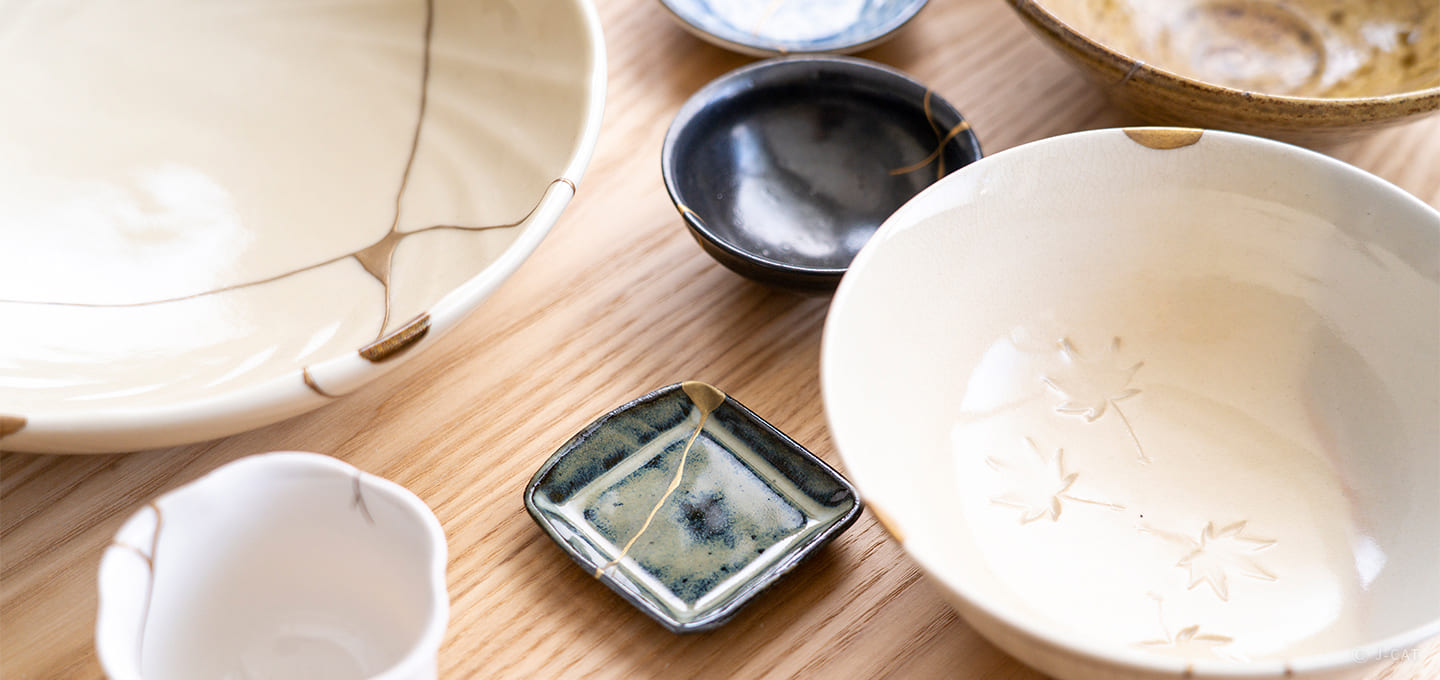
Special Experience
Kyoto
Kintsugi Experience at Shikata Urushi, A Centuries-Old Japanese-Urushi Shop in Kyoto
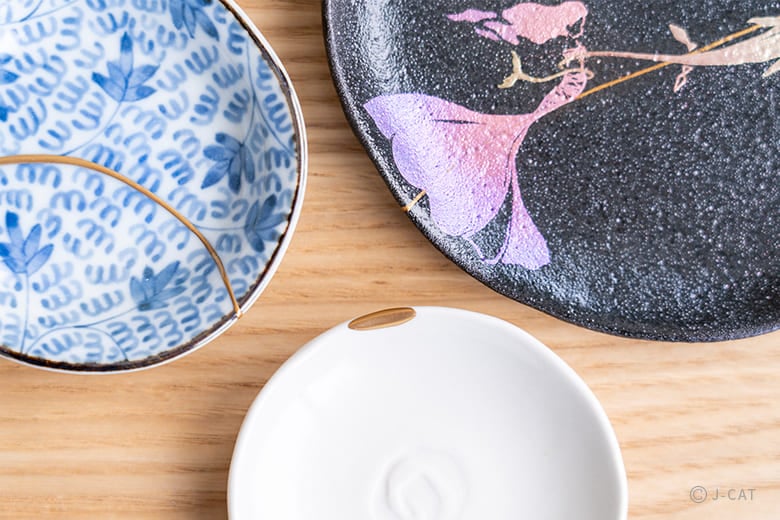
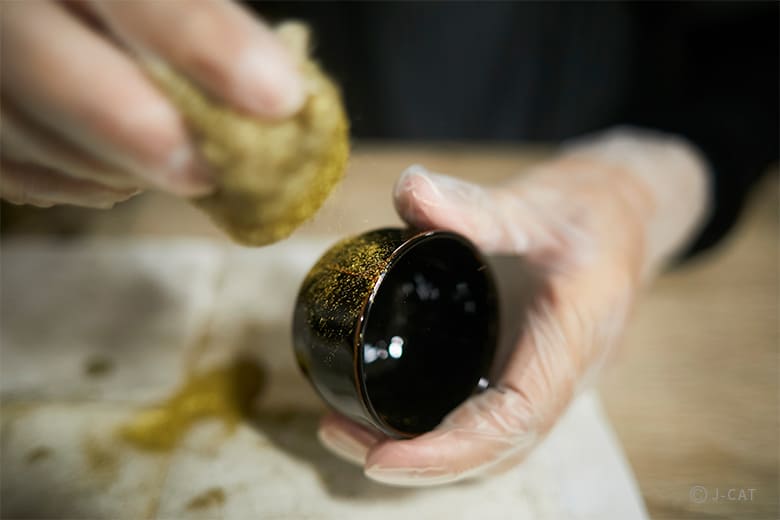
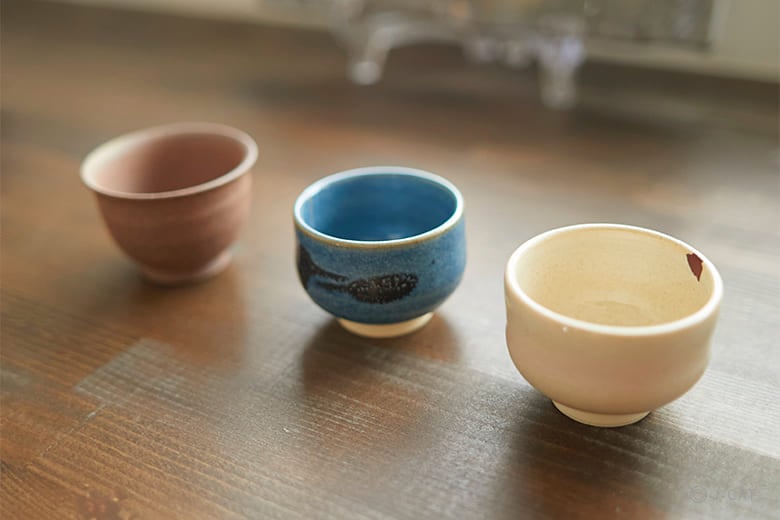
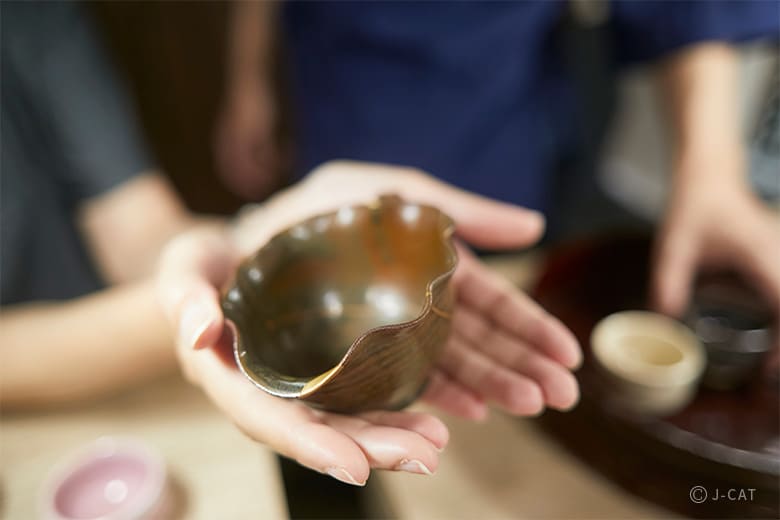
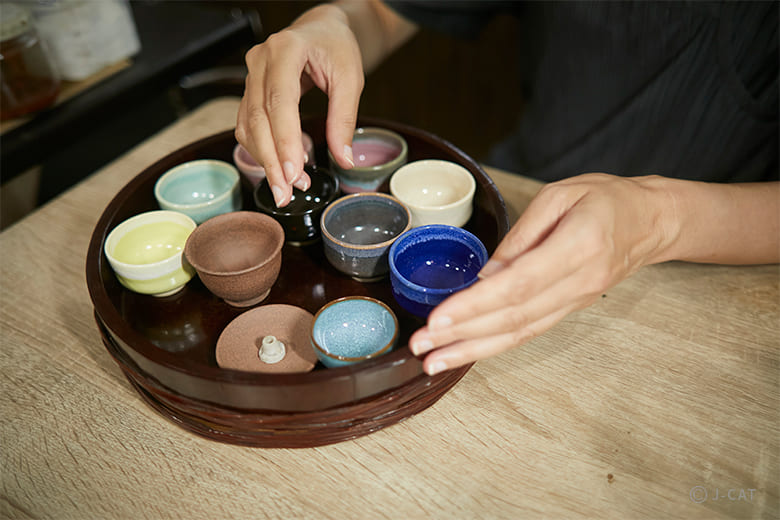
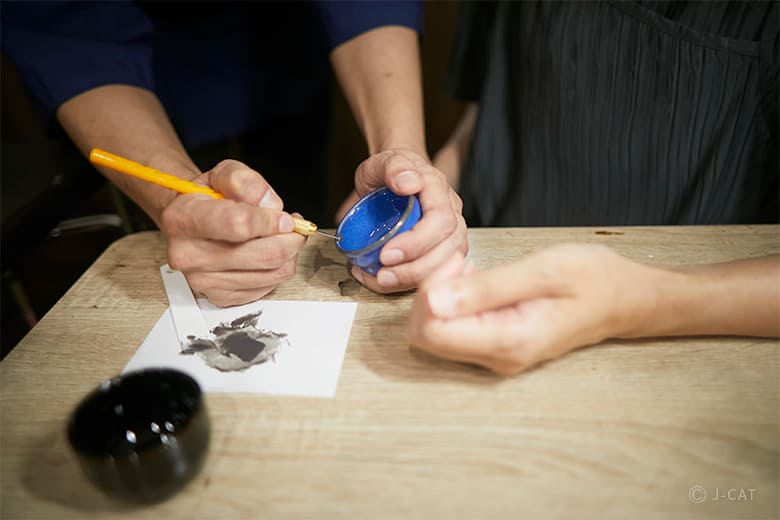
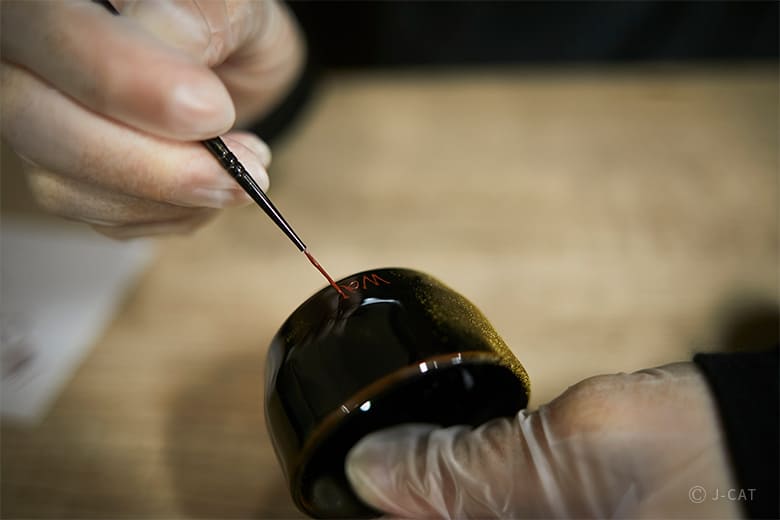
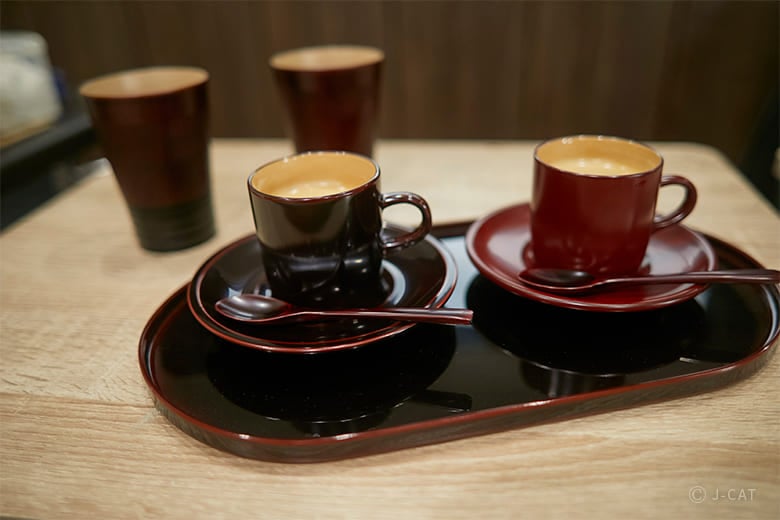
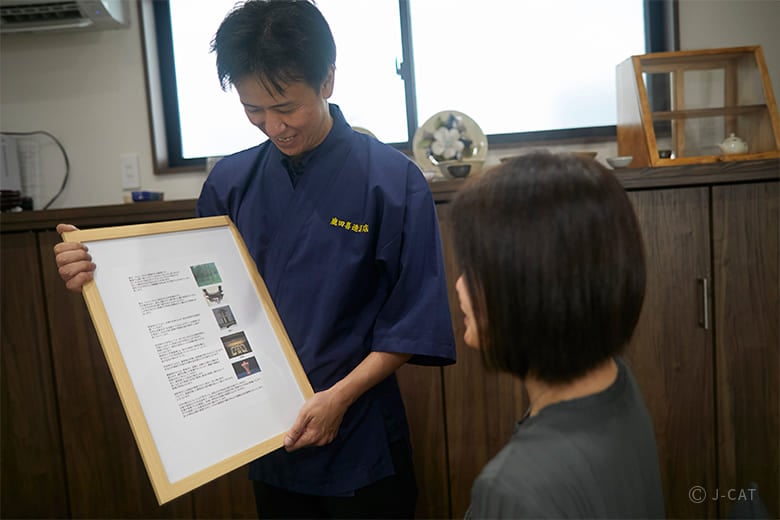
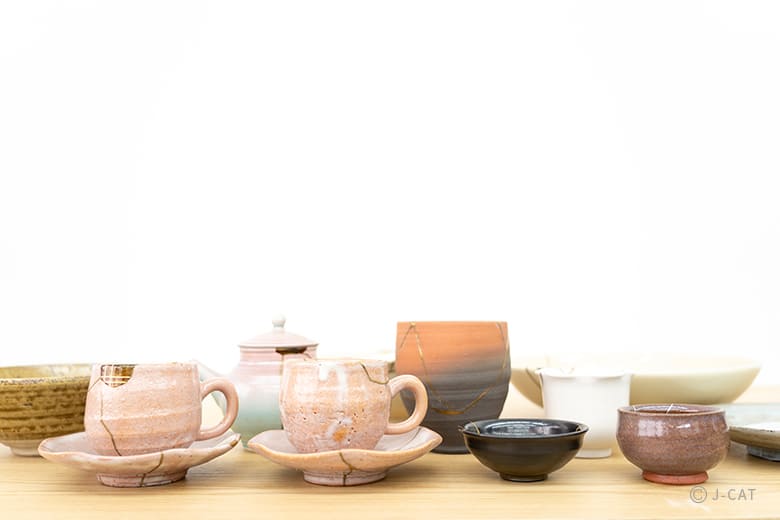
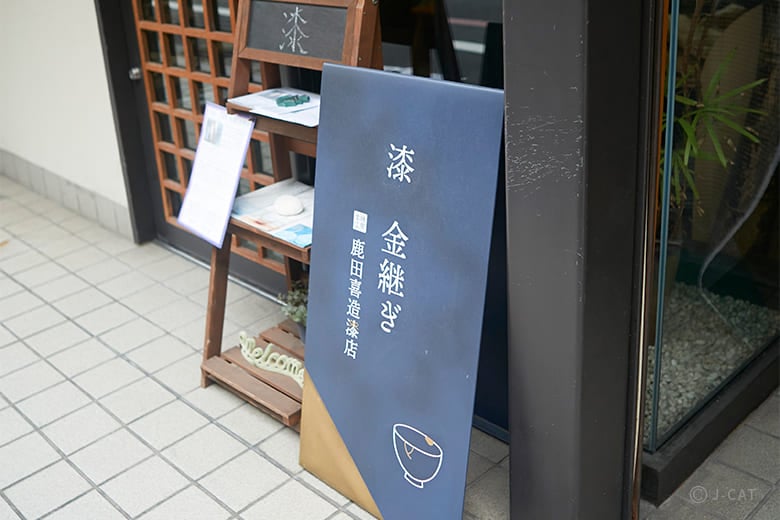











Overview
Kintsugi is the art of repairing broken ceramics through the application of urushi lacquer mixed with metallic powder such as brass, tin, gold or silver. As it is not only a restoration technique, but also a reflection of the wabi-sabi aesthetic and philosophy of embracing imperfections, kintsugi has been gaining popularity outside Japan in recent years.
Experience kintsugi for yourself as you learn two major techniques from an expert: Shikata Urushi, a Japanese-urushi shop in Kyoto that has been in business since 1867. Under the guidance of the shop’s skilled artisans, you’ll work with all-natural, high-quality Japanese-urushi to restore broken pottery to its former glory.
Key Features
• Learn two major kintsugi techniques: ware — connecting broken pieces — and hibi, tracing over minimal cracks with Japanese-urushi
• Personalize your piece with optional upgrades like Kyoto's elegant Kiyomizu ware and various metal powders—gold, silver, tin, or brass—to create a finish that suits your style
• Discover how urushi transforms from tree sap to a prized finish, then unwind with coffee served in traditional lacquerware, a simple moment to experience living tradition
Kyoto
150mins
from ¥27,000 /person
1 - 14 participants
Available in English
Cancel free up to 8 days prior
Details
Learn Kintsugi from a Respected Name in the Japanese-urushi Industry
Established in 1867, toward the end of the Edo period, Shikata Urushi — also known as Shikata Kizou Urushi — is a specialist in all things related to Japanese-urushi.
Known as “urushi” in Japanese, lacquer is a shiny coating produced by refining the sap of its namesake tree, the urushi (Japanese sumac). This resin-like product has been used and valued since ancient times, and to this day, lacquerware is highly prized for its attractiveness and durability. Shikata Urushi isn’t your ordinary Japanese-urushi dealer. What sets it apart from its competition is that on top of selling lacquer, it also produces lacquer from scratch by refining the sap. What’s more, it creates lacquerware and also specializes in kintsugi, the art of repairing broken objects through a mix of lacquer and gold. In fact, throughout the course of its long history, the shop has developed a reputation for its precise kintsugi work.
Clearly, centuries’ worth of experience have shaped Shikata Urushi into the reputed Japanese-urushi expert that it is today.

Despite its high standing in the Japanese-urushi industry, the shop has a very approachable feel to it.
With the concept of kintsugi spreading outside Japan and gaining popularity, the image that comes to mind among those who’ve heard of the term involves repairing an object with gold. In reality, though, gold is but one component — Japanese-urushi is the main material. As a matter of fact, even though the “kin” in “kintsugi” means “gold,” this metal isn’t even a must in kintsugi. As you’ll find out in this experience, brass, tin, or silver powder can also be used as alternatives.
Giving Ceramics New Life Through Kintsugi
The demand for Japanese-urushi and lacquerware has decreased over time, as today’s consumers have increasingly prioritized affordability and practicality. Regardless, Shikata Urushi is still going strong, thanks in part to the market for ceramics remaining steadfast. Further, seeing an opportunity in the revival of interest in kintsugi, the shop has started holding kintsugi classes at a nearby studio. Through these workshops Shikata Urushi hopes to instill an appreciation for lacquerware among younger generations.
Just a short walk away from Shikata Urushi is the studio where you’ll have your kintsugi experience. This isn’t just a venue for kintsugi lessons, though — you’ll surely be able to sense the presence of artisans hard at work in a back room. Start the experience by choosing a ceramic to repair. All objects in the selection are broken or damaged in different ways, so you might want to take each of them in your hand and examine it first. Picture what the finished ceramic will look like after the experience.

The ceramics come in different colors and shapes — and are all broken in varying ways, too.
Exclusive to Wabunka is the option to upgrade your ceramic of choice to Kiyomizu ware. Unique to Kyoto, this elaborate, refined style of pottery is named after the famous Kiyomizudera, as it was historically produced in the area surrounding the temple. If you’d like to take home a traditional Kyoto handicraft, go for this upgrade (additional fees apply).

Kiyomizu ware repaired through kintsugi
Learn Two Kintsugi Techniques: Ware and Hibi
The artisans of Shikata Urushi will teach you two kintsugi techniques. First, the ware technique involves joining broken pieces together with a special resin compound. Careful work and concentration is vital in order to make them whole again. Any excess material that sticks out can be scraped off later.

You’ll be guided by watchful artisans every step of the way, so lack of prior kintsugi experience isn’t a concern.
Next, you’ll learn the hibi technique, which is for cracks or fragments that are relatively minimal, and thus do not need to be filled. Begin by tracing the cracks with a brush dipped in Japanese-urushi. This can be a bit tricky, so you’ll have to focus. The trick is to hold your breath and slowly trace the shape of the cracks with your brush. Then, repeat the process for your other piece.
Once all the cracks are covered with Japanese-urushi, you can start to relax. If you’d like to add a few more touches to your ceramic, go ahead and get a little bit creative — add some designs even to the ceramic’s damage-free surfaces!

Gloves are required when working with Japanese-urushi, as it can cause skin irritation.
With all the cracks having been traced, it’s time to polish the ceramic with silk floss. As yet another perk exclusive to Wabunka, you can also choose to apply brightly colored Japanese-urushi. Shikata Urushi’s vivid Japanese-urushi have impressed numerous customers due to their distinctive color.
Alternatively, for an additional fee, you can apply gold or silver powder, instead of the regular brass or tin, to your ceramic.
Enjoy Coffee Served in Lacquerware Over Your Break
After a job well done, treat yourself to a well-deserved break! You’ll be served coffee in a classy cup with the inside painted in white Japanese-urushi. Admire the glossy appearance and smooth texture of the Japanese-urushi as you take in your coffee.

Coffee cups made with tame (pronounced “tah-meh”) urushi (dark-brown Japanese-urushi) and aka-urushi (red Japanese-urushi)
A Lecture to Complement the Hands-on Experience
This kintsugi experience is a well-rounded combination of theory and practice. On top of the hands-on experience, you’ll also listen to a lecture by a Japanese-urushi specialist who truly knows the ins and outs of each step of the production process, beginning from the refining stage.
Mention “lecture,” and the image of a boring classroom lesson may come to mind — but rest assured that this will not be the case at Shikata Urushi.
With a combination of clear explanations and visual aids such as panels with photographs and illustrations, the lecture will be easy to understand even for those without prior knowledge of kintsugi or Japanese-urushi-making. You’ll be able to visualize how Japanese-urushi begins as tree sap and ends up as the coating substance that has been valued by artisans for thousands of years.
It’ll also be a very fascinating lecture, as you’ll pick up new bits and pieces of knowledge. For example, did you know that the “drying” of Japanese-urushi actually means that the Japanese-urushi hardens while absorbing moisture from the air?

The use of visual aids makes the explanation even easier to understand.
Now that you’ve tried kintsugi for yourself, Shikata Urushi hopes that you’ll end the experience with a renewed understanding of what this art truly is all about — and perhaps even rethink your relationship to broken or damaged objects.
Kintsugi isn’t just for expensive objects like art pieces displayed in museums, highly prized lacquerware or porcelain, or precious heirlooms. It can be applied to anything broken that you feel is worth saving. What’s considered valuable enough to be worth fixing isn’t just measured by how much it costs; it’s a subjective measure that differs from person to person.
You’ve surely experienced a favorite item of yours breaking or sustaining damage, so you should probably have an idea as to what kind of items you’d consider worth giving a new lease on life to. And now that you’ve learned two kintsugi techniques, you might be able to apply your newfound knowledge the next time a favorite item of yours breaks.

Perhaps this kintsugi experience might change the way you regard old objects.
In ancient times, many towns would usually have kintsugi craftspeople close by, ready to serve the public and repair broken household objects. With sustainability now a more important concept than ever, why not incorporate the philosophy behind kintsugi, as well as its techniques, into your daily life?
Shikata Urushi

Shikata Urushi
Located in Kyoto’s bustling Shijo-Kawaramachi district, Shikata Urushi, also known as Shikata Kizou Urushi, is a Japanese-urushi shop that has been in existence since 1867, toward the end of the Edo period.
With extensive knowledge and experience in the Japanese-urushi industry, this long-running shop not only sells high-quality urushi — Japanese lacquer — but also refines it. Additionally, Shikata Urushi offers tools and other materials used for lacquerware creation. It also specializes in lacquerware restoration through the kintsugi technique. The shop’s repair work is highly regarded for its precision and thorough attention to detail.
Customer's Voice
The program as a whole was excellent and we enjoyed the experience. The translator and sensei were patient and clear in their explanations. We were able to get a first hand experience at Kintsugi and enjoyed both the process and result of repairing and beautifying a damaged ceramic piece.
J.S. United States
Our interpreter was so lovely and very good at her job, as well as being so fun to talk to. She reached out early to introduce herself and made sure she got to know us and our interests before arriving at the class. We loved the class! The three of us that attended are all artists, so it was really great to get an in-depth introduction to a new art form. And all of our pieces made it back to the USA safely!
K.T. United States
It was the highlight of our trip. We learned so much. We thoroughly enjoyed every minute.
L.K. Australia
Location
Shikata Urushi
Shimogyo Ward, Kyoto
Request for booking
Select first preferred date (JST)
January 2026
Sun
Mon
Tue
Wed
Thu
Fri
Sat

Instant Booking

Request Booking

17
Full

17
Unavailable
Kyoto
150mins
from ¥27,000 /person
1 - 14 participants
Available in English
Cancel free up to 8 days prior
Things to know
Contact Us
If you have any questions, please contact us using the form below.
We also accept bookings from corporate clients and travel agencies.